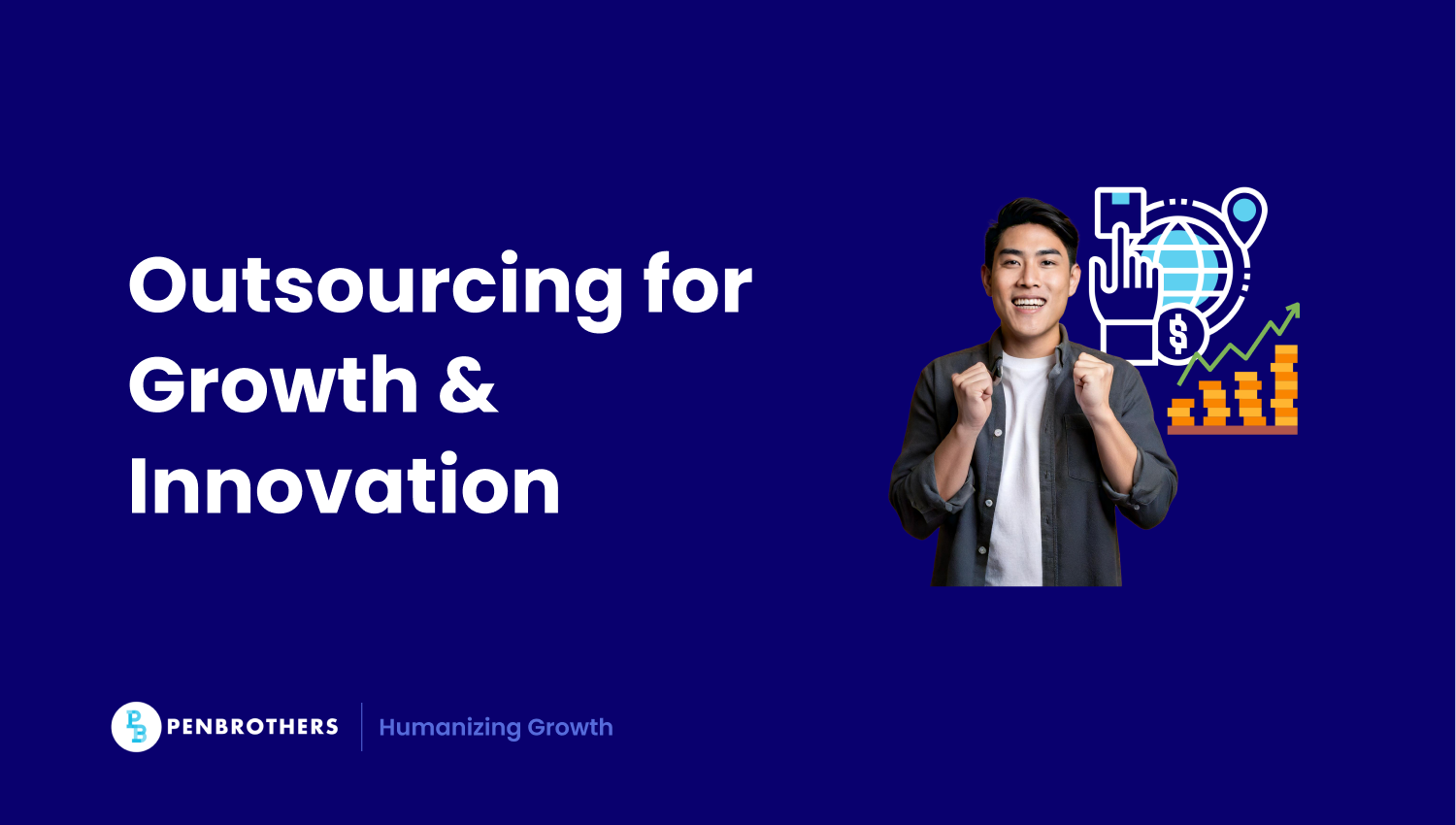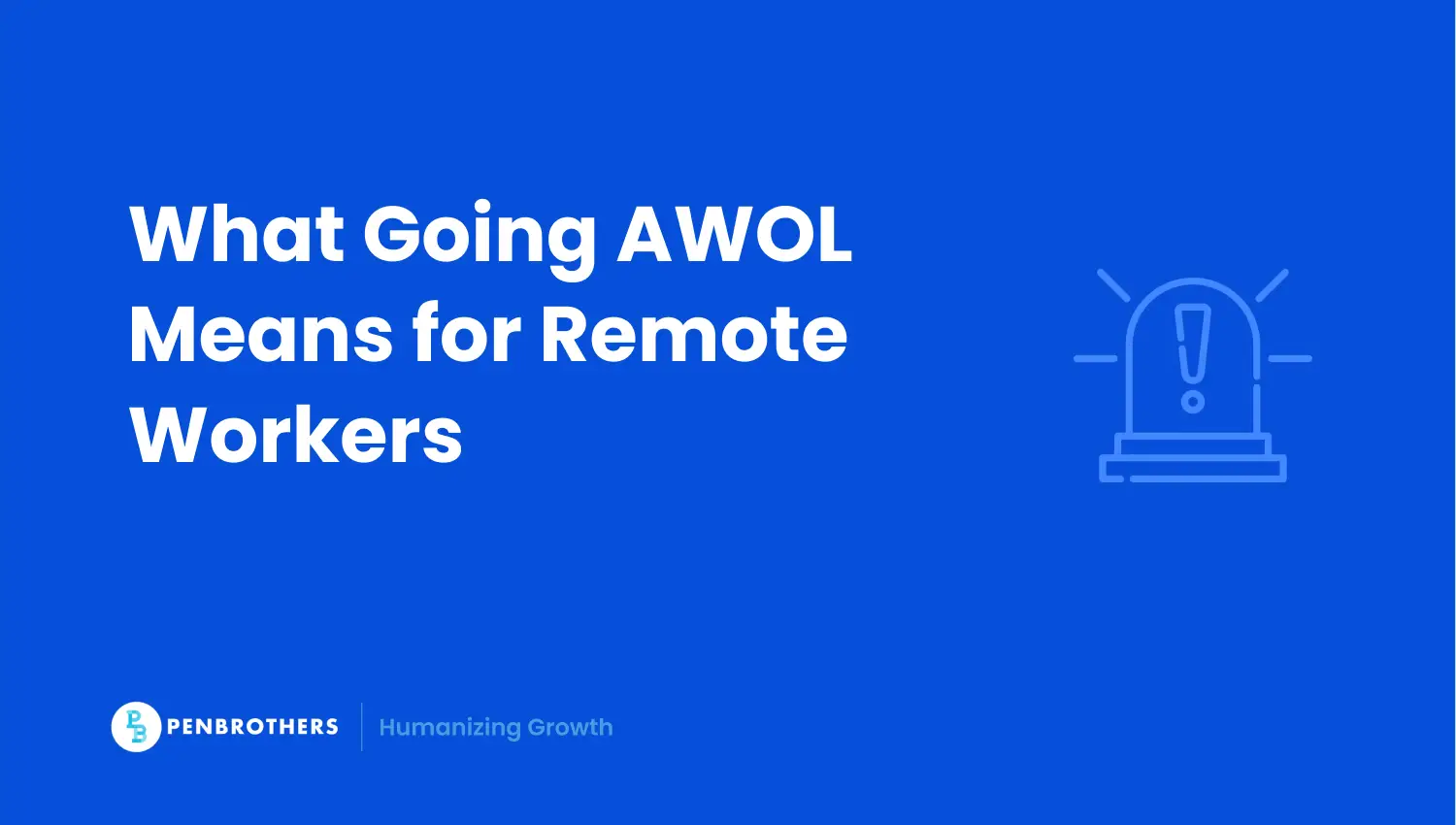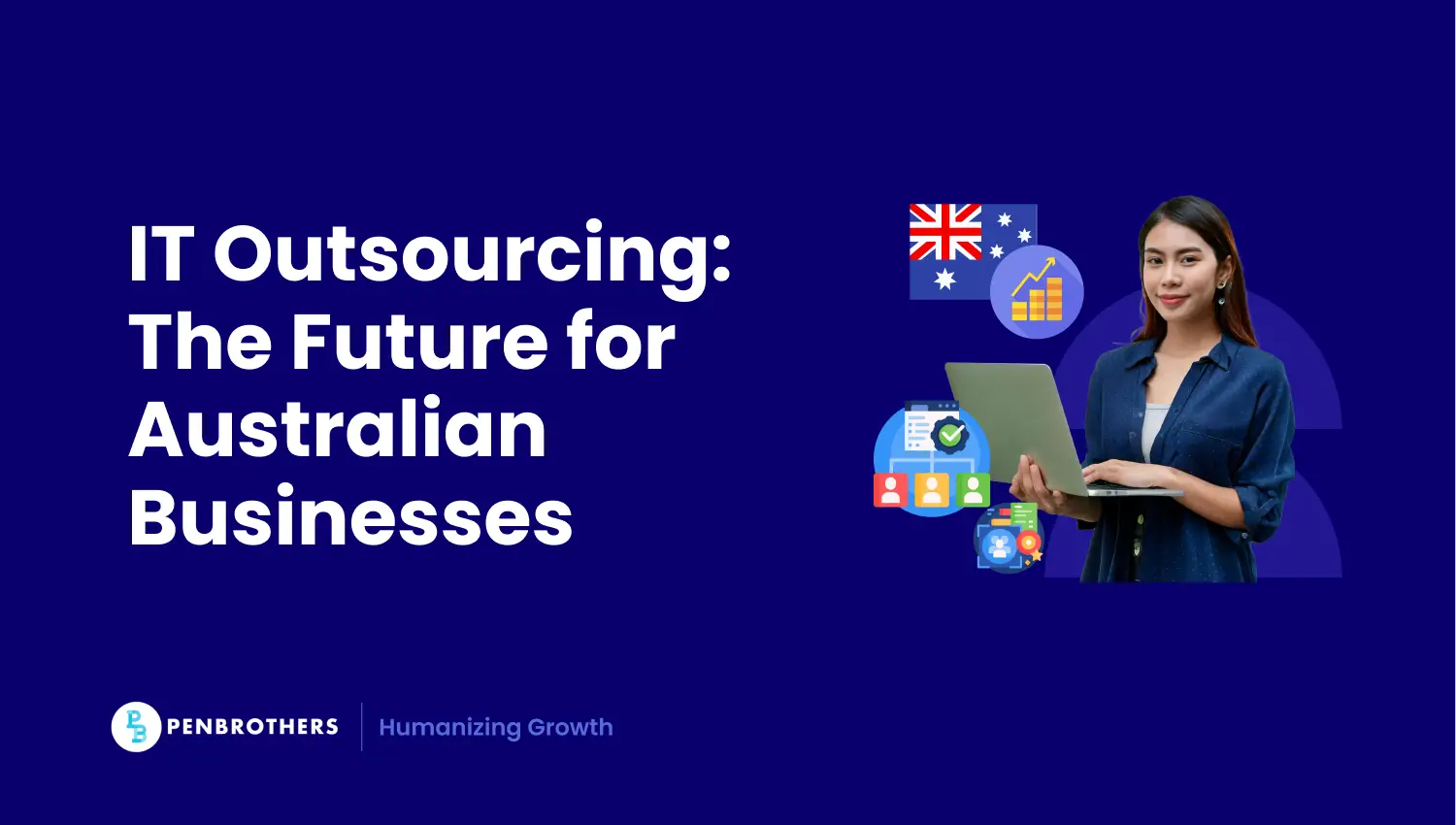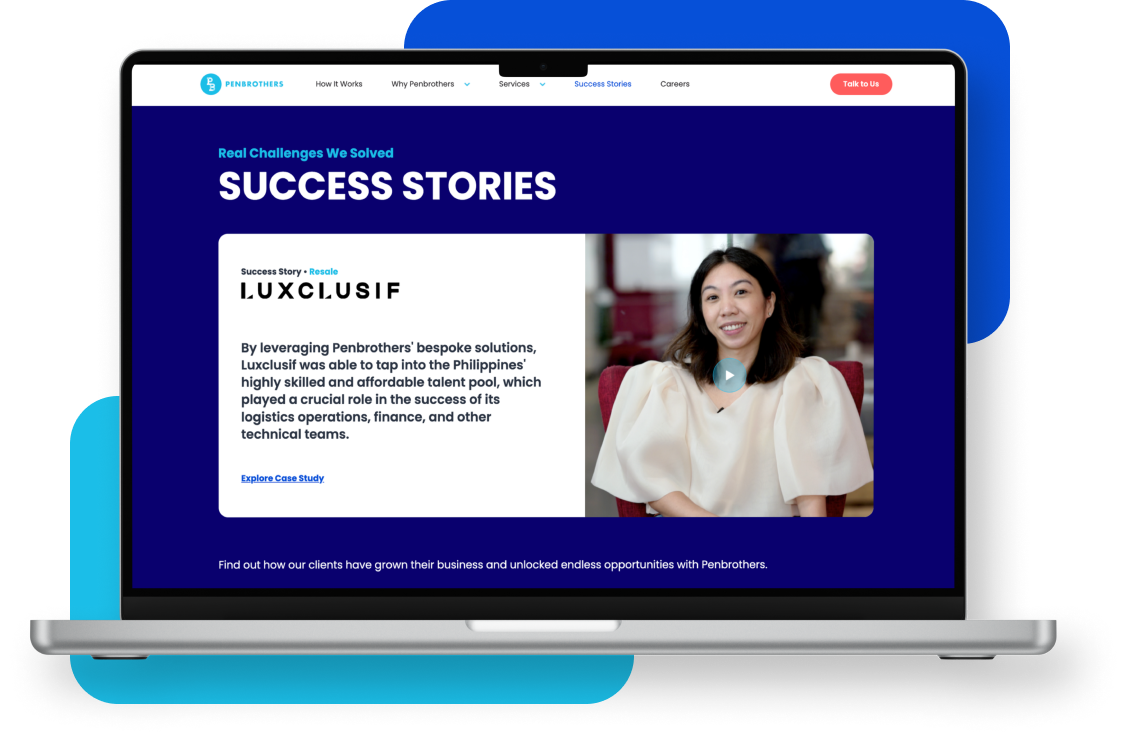What's Inside?
How to Choose the Right Outsourcing Software Development Company for Your Product Roadmap

You’ve mapped your product roadmap and milestones, but execution stalls when your team hits bandwidth limits or lacks key technical skills.
That’s when founders turn to outsourcing software development companies not as cost-cutting vendors, but as strategic partners that turn vision into scalable products.
The right partner accelerates delivery, safeguards quality, and scales with you. The wrong one creates delays, rework, and wasted spend.
This guide shows how to choose an outsourcing partner that fits your product roadmap from clarifying goals to assessing expertise, structure, and cultural alignment.
What Outsourcing Software Development Really Means Today
Outsourcing has evolved far beyond the “cheap coding offshore” model. Modern outsourcing firms act as end-to-end development partners, helping companies build, launch, and optimize software faster.
Unlike transactional vendors, they integrate deeply with client teams offering support across ideation, architecture, UI/UX, full-cycle development, and long-term maintenance.
The leading IT outsourcing companies today typically operate under three models:
- Project-Based Engagements for fixed-scope builds with clear timelines.
- Team Augmentation to extend internal engineering capacity during high-load phases.
- Dedicated Offshore Teams that function as a full extension of your in-house tech unit.
Outsourcing now means co-ownership of success, where your partner brings structure, process, and technical discipline not just manpower.
Why Companies Outsource Software Development
Understanding why companies outsource clarifies what to prioritize when choosing a partner. The goal is no longer to find the cheapest developer, it’s to build smarter, faster, and more reliably than competitors.
1. Access to global talent and niche expertise
The best outsourcing software development companies give you immediate access to specialized skills that are scarce or expensive to build in-house. Whether you need AI engineers, cloud architects, or cybersecurity experts, outsourcing expands your hiring horizon beyond local markets. This is especially valuable for startups and mid-sized firms that can’t compete with enterprise-level salaries or recruitment speed.
2. Faster time-to-market
Software roadmaps often move faster than internal hiring cycles. Partnering with a ready-to-deploy team lets you run development in parallel across time zones, maintaining 24-hour progress. That means features ship sooner, iterations happen faster, and customer feedback loops tighten, a key edge in fast-moving industries like SaaS, fintech, and e-commerce.
3. Cost efficiency
Outsourcing remains one of the most effective ways to extend your runway without compromising quality. Global studies show that companies can cut development costs by 50–70 percent through offshore partnerships, driven by lower labor costs, leaner infrastructure, and access to ready-built delivery systems. But the real advantage isn’t just the savings. Outsourcing frees up capital that can be reinvested into product growth, user acquisition, and innovation, turning cost efficiency into a strategic growth lever rather than a budgeting tactic.
4. Scalability and flexibility
Outsourcing converts fixed staffing costs into flexible capacity. When demand surges, you can expand quickly without the delays of traditional recruitment. When projects wind down, you can scale back without layoffs or long-term liabilities. This flexibility allows your product roadmap to evolve dynamically instead of being constrained by headcount limits.
For founders exploring global hiring models, offshore IT staffing is often the logical next step, combining lower costs with consistent quality and speed. The outsourcing market is also booming: the global IT services outsourcing market is projected at over US$ 660 billion in 2025, and expected to nearly double by 2034. Meanwhile, 87 % of executives say their organizations face a skills gap, underscoring why external partnerships are essential to bridging capability shortfalls.
Map Your Product Roadmap First
Before evaluating vendors, start internally. Outsourcing fails most often not because of vendor performance, but because the client team isn’t clear on what success looks like.
1. Start with clarity, not capacity.
Before you add people, define purpose. What are the exact outcomes your software must achieve, speed, scalability, customer retention, new features? List specific KPIs like deployment frequency, uptime, or conversion rates. These metrics become your north star for every development decision.
2. Prioritize which milestones stay in-house.
Not every part of your roadmap should be outsourced. Keep core intellectual property, like proprietary algorithms or design systems, internal. Meanwhile, delegate complementary or modular tasks such as QA testing, mobile app builds, or integrations to your outsourcing partner. This division preserves control where it matters most while accelerating output on support functions.
3. Choose the right engagement type.
If this is your first outsourcing partnership, start with a pilot sprint or proof of concept. It’s the fastest way to test technical depth, project management discipline, and cultural fit before making a long-term commitment. From there, you can expand into a dedicated team or full-cycle engagement once trust and rhythm are established.
4. Establish clear ownership.
Every outsourced project needs a single point of accountability on your side, a product owner or tech lead who manages approvals, sprint planning, and backlog prioritization. Without that bridge, even the best vendors will struggle with shifting priorities or decision bottlenecks.
5. Document early, iterate often.
Capture requirements, success criteria, and feedback in writing. This reduces ambiguity, accelerates onboarding for new team members, and ensures alignment between both sides throughout the product lifecycle.
By defining these internally, you prevent scope confusion and create a stronger foundation for collaboration, something emphasized in our guide on what outsourcing really means in today’s market.
Key Factors When Choosing an Outsourcing Software Development Company
Once you have clarity on scope and goals, evaluate potential partners using this checklist:
1. Technical Expertise and Industry Experience
Look for proven track records in your industry. Review case studies, technology stacks, and experience with emerging fields like cloud migration, AI, or IoT.
A partner experienced in your vertical will anticipate challenges faster and make smarter architectural decisions.
2. Delivery Model and Flexibility
Do they offer both dedicated and project-based teams? How do they manage sprint reviews, retrospectives, and pivots? Top IT staff augmentation companies, for instance, provide scalable models that can expand or contract based on your roadmap’s pace.
3. Security and Compliance
Confirm certifications such as ISO 27001 or SOC 2 and ensure data privacy standards like GDPR are part of their operations. A compliant partner protects not only your codebase but your customers’ trust.
4. Communication and Transparency
Time zone overlap, reporting cadence, and tool familiarity (Slack, Jira, Asana) all matter.
The best partners make visibility a standard, daily stand-ups, shared dashboards, and sprint demos.
5. Cultural and Strategic Fit
They should understand your product philosophy and be comfortable challenging assumptions constructively.
Strong communication chemistry is the hidden ROI of every successful outsourcing partnership.
6. Scalability and Talent Pool
Ask about hiring pipelines, bench strength, and turnover rates. A company with a robust internal training ecosystem can scale without quality dips.
Compare the Top Outsourcing Software Development Companies (2025 Snapshot)
The global software development outsourcing market has matured. Businesses today no longer seek the lowest bidder, they seek strategic partners that combine technical depth, process reliability, and seamless integration with internal teams.
Here’s a 2025 snapshot of established outsourcing software development companies across key regions:
| Company | Region | Core Expertise | Key Strength |
| Penbrothers | Philippines | Offshore staffing and managed IT teams | Dedicated developer teams, HR and compliance support, long-term retention focus |
| Luxoft | Europe / Global | Full-cycle enterprise software development | ISO 27001 compliance, structured delivery governance |
| BairesDev | LATAM | Agile and nearshore software delivery | Bilingual teams, fast scaling, U.S. time zone alignment |
| ITransition | U.S. / EU | Custom enterprise and digital transformation projects | Deep technical specialization, strong client partnerships |
| Hireplicity | Philippines | Web, mobile, and SaaS development | Offshore development center model with hands-on collaboration |
What separates these leaders isn’t just cost, it’s the ability to align with a client’s culture, roadmap, and growth stage.
Philippine firms like Penbrothers and Hireplicity stand out for combining affordability with Western-style collaboration and exceptional talent retention. Penbrothers, in particular, helps fast-growing startups and scale-ups build dedicated offshore IT teams that feel like an extension of their in-house staff, complete with HR, payroll, compliance, and performance support that ensures long-term stability.
For founders comparing offshore destinations, explore how distributed engineering teams maintain productivity and alignment in our guide on remote IT jobs and outsourcing.
How Top Providers Approach Software Outsourcing
The best outsourcing software development companies share one common philosophy: they act as true partners, not contractors. Their success is measured not by code delivered, but by the outcomes their clients achieve.
Here’s what sets top-performing providers apart:
1. End-to-End Lifecycle Ownership
Rather than working on isolated tasks, high-performing partners manage the entire product lifecycle from ideation and architecture to optimization and long-term maintenance. This continuity prevents knowledge loss and keeps your product evolving, not just launching.
2. Flexible Engagement Models
No two clients have the same needs. Leading firms offer multiple models, dedicated teams, project-based builds, or hybrid structures, so companies can start small and scale fast. This flexibility is especially vital for startups testing product-market fit before committing to full development capacity.
3. Structured Knowledge Transfer
Top providers bake documentation, onboarding, and code handover into their process. This ensures continuity even if teams change and prevents dependency on a single vendor. Every sprint produces not just features, but reusable knowledge.
4. Performance Visibility and Accountability
Transparency is a non-negotiable. Strong outsourcing partners maintain real-time dashboards, sprint reviews, and measurable KPIs from velocity and bug rates to release predictability. This gives clients full control and confidence throughout the build process.
5. Long-Term Integration and Support
The partnership doesn’t end at launch. Exceptional providers invest in continuous support, quality assurance, and performance improvement long after deployment. Their goal is not just to “deliver code,” but to sustain business impact.
When assessing vendors, look for these markers of maturity, flexibility, transparency, and long-term co-ownership.
Red Flags to Watch Out For
Even promising vendors can fail if early warning signs go unchecked. Watch for:
1. Vague deliverables and unclear scope
If a vendor can’t clearly define project outcomes, timelines, or quality metrics, that’s a sign of trouble. Ambiguity in proposals often leads to endless revisions, misaligned expectations, and budget creep. A professional partner should provide detailed sprint plans, acceptance criteria, and measurable deliverables from day one.
2. Limited visibility into work progress
Transparency is non-negotiable. If you’re locked out of sprint reports, code repositories, or backlog tools, you lose control of both quality and timelines. The right partner gives you direct access to project boards, performance dashboards, and documentation not filtered updates once a week.
3. Unrealistic pricing or overpromised timelines
“Too good to be true” pricing often is. Vendors that drastically undercut market rates may be compensating for skill gaps, thin staffing, or high turnover. Always request technical validation, sample outputs, or a short discovery sprint before committing to long-term contracts.
4. No post-launch accountability
A credible outsourcing partner stands by its work even after deployment. Be wary of those who offer no warranty, maintenance, or performance guarantee once the project ends. Sustainable partnerships include QA coverage, optimization cycles, and structured handovers.
5. High attrition or rotating team members
If developers frequently leave or get reassigned, knowledge continuity collapses. Ask about retention rates, training programs, and team stability before you start. Consistency is what separates long-term partners from staffing intermediaries.
6. Poor communication and slow feedback loops
Communication breakdowns kill momentum. If feedback goes unanswered, or every update feels one-sided, expect bigger issues once real challenges arise. Strong vendors proactively engage, escalate blockers early, and keep communication transparent across time zones.
7. Lack of documentation and ownership
If the vendor controls all project files, credentials, or documentation, you risk dependency. Insist on shared repositories, joint ownership of deliverables, and clear IP transfer clauses in your agreement.
If any of these appear, pause before signing. The best partnerships begin with transparency, not trust falls.
How to Structure Your Outsourcing Partnership for Success
Even the best vendor relationship can falter without structure. Here’s how to build one that lasts:
1. Start with a pilot sprint
Begin small. Use a limited-scope sprint or feature build to test how your vendor communicates, delivers, and adapts to change. A pilot gives you early visibility into code quality, responsiveness, and cultural fit before committing to a larger investment.
2. Set measurable KPIs from day one
Define what success looks like beyond delivery dates. Track metrics like sprint velocity, bug density, on-time release rates, and code review scores. The best vendors will happily align their internal dashboards with your KPIs and use them as shared success measures.
3. Conduct 90-day alignment reviews
Outsourcing is not a “set it and forget it” engagement. Every 90 days, hold structured reviews to assess performance, communication, and collaboration health. Adjust roles, processes, or team size based on what’s working and what’s not. This cadence prevents small issues from growing into major setbacks.
4. Enforce documentation and asset ownership
All deliverables, code, architecture diagrams, credentials, and design files should be documented, versioned, and stored in shared repositories. You should always maintain access and ownership. This ensures continuity if team members change or contracts evolve.
5. Institutionalize knowledge transfer rituals
Don’t let expertise live only in developers’ heads. Schedule recurring knowledge-sharing sessions, demo days, or repository walkthroughs. Encourage joint retrospectives so lessons learned become part of both teams’ workflows. These rituals reduce dependency and strengthen internal capability.
6. Fully integrate the outsourced team
Treat outsourced engineers as part of your core organization, not external help. Include them in daily stand-ups, retrospectives, and Slack or Teams channels. When they understand your company’s goals, culture, and user context, their output aligns naturally with your vision.
7. Protect your IP and compliance foundations
Ensure your contract explicitly defines ownership of code, intellectual property, and data. Clarify jurisdiction for dispute resolution and compliance obligations, especially if your product operates across borders. A well-written agreement safeguards both innovation and trust.
Done right, this transforms outsourcing from a transaction into a collaborative extension of your product organization, a philosophy deeply aligned with how Penbrothers helps clients scale through offshore IT staffing partnerships.
Final Thoughts
Outsourcing today isn’t about handing off code, it’s about building capability through collaboration.
The right partner doesn’t just deliver software; they align with your vision, strengthen your systems, and grow with your roadmap.
If you’re ready to scale your engineering capacity with confidence, Penbrothers helps global teams build dedicated offshore IT talent in the Philippines, complete with onboarding, compliance, and long-term support.
Don’t just outsource. Build with a partner who’s invested in your success.
*This article was crafted with the support of AI technology and refined by a human editor.





